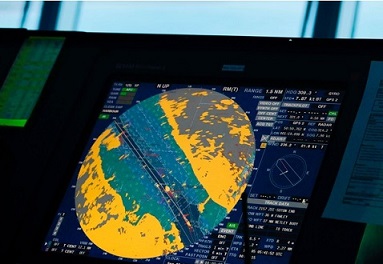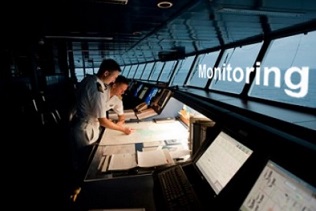
Procedure for passage planning on ECDIS - a brief guide to navigators at sea
ECDIS, which is now a mandatory shipborne navigational equipment for voyage planning and execution, can operate a variety of charts. The official charts are known as Electronic Navigational Charts (ENC) and Admiralty Raster Chart Service (ARCS). The charts are made and distributed by the hydrographic offices through a distribution network, and the vessel has to subscribe to a service provider.
ECDIS uses digital charts (vectorized and raster charts) for navigational duties usually carried out with paper charts. The equipment must be type-approved and uses up-to-date official charts. As long as the area covered by vector charts (ENC) is small, the ECDIS should be able to cover both vector and raster (RNC) charts. When operating in raster mode, an ECDIS must be used together with an appropriate folio of up-to-date paper charts.
ECDIS uses digital charts (vectorized and raster charts) for navigational duties usually carried out with paper charts. The equipment must be type-approved and uses up-to-date official charts. As long as the area covered by vector charts (ENC) is small, the ECDIS should be able to cover both vector and raster (RNC) charts. When operating in raster mode, an ECDIS must be used together with an appropriate folio of up-to-date paper charts.



